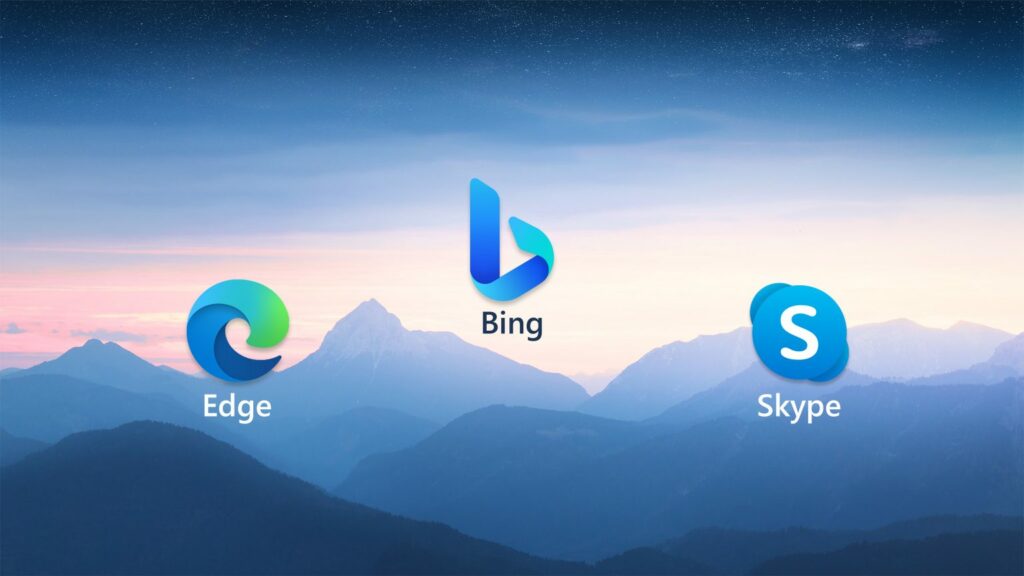
2-26 #Run : TSMC has postponed its plans for a new factory in Europe; TSMC is reportedly planning to expand its presence in Japan with a second chip plant; Samsung will allegedly use a new waterdrop-style hinge for the Galaxy Z Fold5; etc.

Google’s quantum computing department has announced a significant reduction in the error rate of quantum computers, a promising development for the future of computation. According to Google’s VP of Engineering Hartmut Neven and Director of Quantum Hardware Julian Kelly, in order to run quantum circuits that can solve industrially relevant problems, the industry will need to achieve error rates in the range of 1 in 10,000,000,000 to 1 in 10,000,000. Google’s Quantum AI Team has achieved a first-ever feat for any quantum computing platform by developing an error-correcting code called a surface code. The process involves repetition so that any errors, such as flipped bits, can be ruled out by what the researchers describe as a majority vote. This is just one part of the company’s roadmap, which involves six steps, ultimately leading to error-corrected quantum computing. The company has recently entered the second stage of its plan to produce a logical qubit prototype and aims to produce a long-lived logical qubit beyond 2025. (Google, TechRadar, Gizmo China)
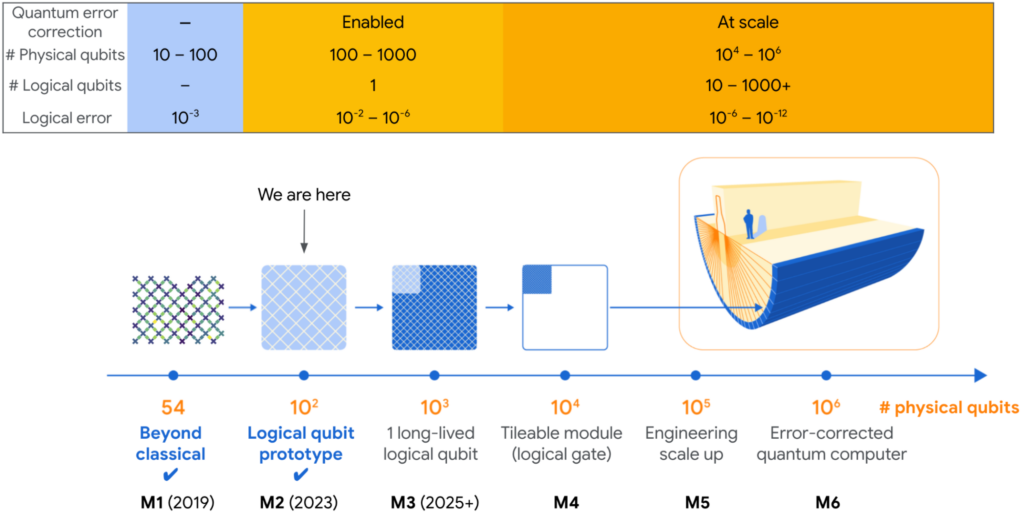
TSMC has postponed its plans for a new factory in Europe due to the changing supply and demand of automotive semiconductors. Originally set to open earlier, the European factory will now be delayed for at least 2 years, and it is not expected to be completed until 2025. The delay in TSMC’s European factory could mean that European automotive chip customers will continue to stay in TSMC’s Taiwan plant, or even move to new plants in Japan and the United States, which would help TSMC use the production capacity of its overseas plants. Meanwhile, Japanese officials are encouraging TSMC to set up a second fab in Japan, supported by the introduction of extreme ultraviolet light (EUV) machines. This could allow TSMC’s Japanese plant to support more advanced process needs of local and international automotive semiconductor customers. (Gizmo China, UDN)
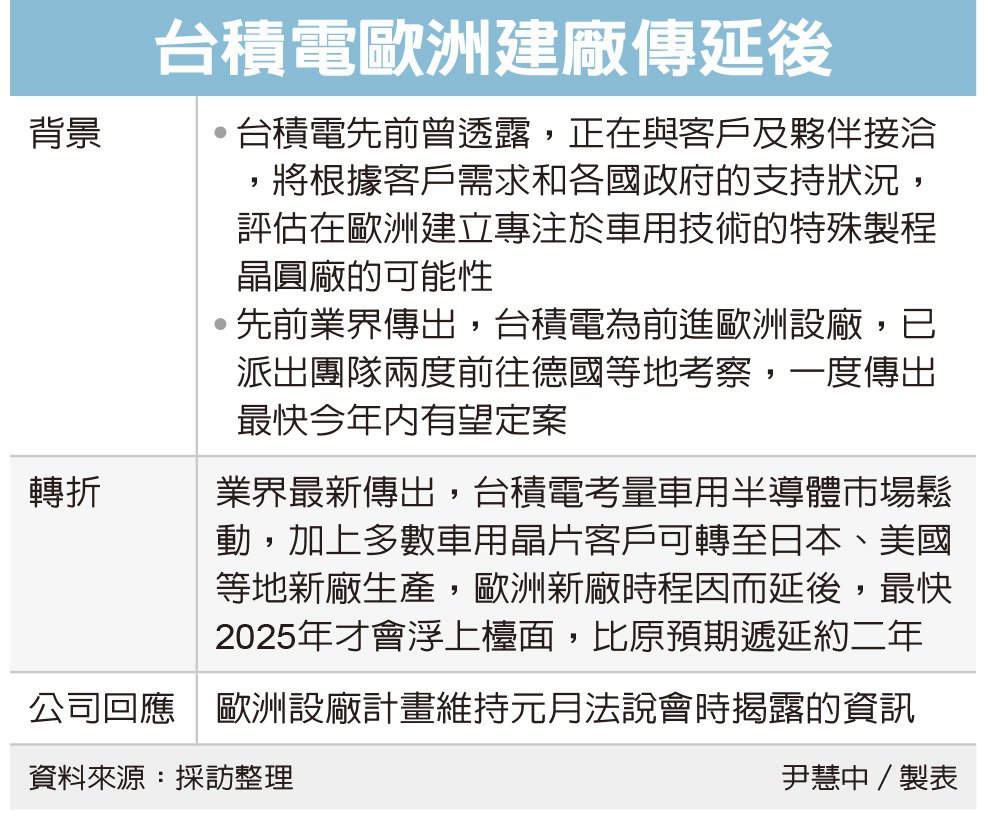
Taiwan Semiconductor Manufacturing Co (TSMC) is reportedly planning to expand its presence in Japan with a second chip plant. The new plant will be used for the production of 5nm and 10nm chips starting in the second half of the decade. TSMC’s second plant in Japan will cost more than JPY1T (roughly USD7.4B). TSMC will be building its first foundry in Japan on Kyushu island, with an aim to start the production of 12nm and 16nm semiconductors in 2024. The Japanese government is said to offer TSMC a JPY476Bsubsidy, roughly half of the factory’s expected cost. Sony Group and auto parts maker Denso Corp, which will utilize the chips produced, have also invested in the expansion. (Gizmo China, Nikkan, Laoyaoba, Zaobao)
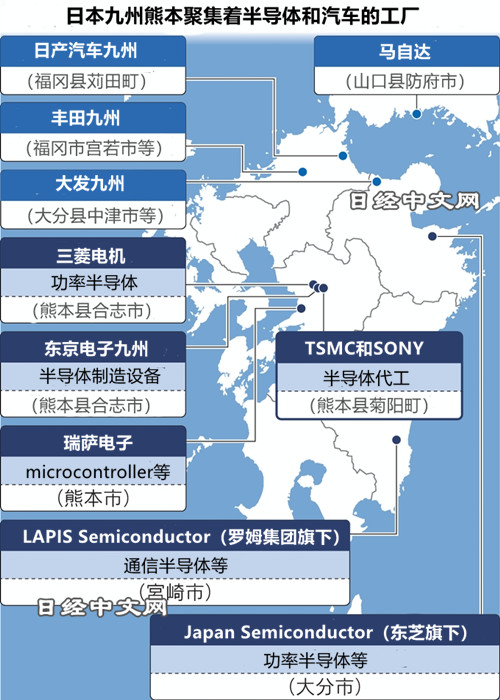
MediaTek has announced that it is working on two new chipsets that will enable satellite connectivity on smartphones and other devices. One chip will target IoT-non-terrestrial network (IoT-NTN) technology and the other will be for new radio-NTN (NR-NTN). The IoT-NTN chip will be the first out of the gate since satellite networks do not support NR-NTN at mass scale yet. MediaTek says the initial wave of smartphones using this technology, including the Motorola Defy 2 and CAT S75, will be designed for two-way satellite messaging services. This makes sense as IoT-NTN uses low data rate connections, which are best for simple things like messaging. The MT6825 chip is a standalone radio that manufacturers can add to their phones without changing their existing processor and radio setup. (Android Authority, MediaTek, Fierce Wireless, Android Police)
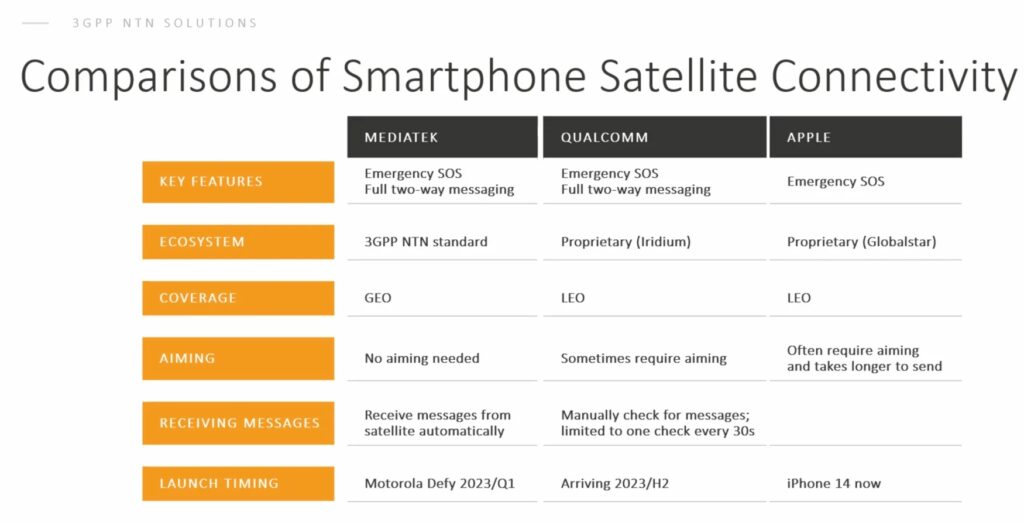
Pat Gelsinger, chief executive of Intel, has addressed rumors that the CPU giant was delaying products made using the company’s own Intel 3 and TSMC’s N3 (both are 3nm-class) fabrication technologies. The CEO re-emphasized that all 3nm projects announced so far were set to be released in 2024. The in-development CPUs, which will be built on either the Intel 3 or TSMC N3 – both new 3nm processes – include product lines codenamed ‘Arrow Lake’, ‘Granite Rapids’, and ‘Sierra Forest’. the CEO himself has confirmed that Granite Rapids and Sierra Forest will be fabricated on the 3nm node. The Intel 3 process is a slightly refined version of the Intel 4 process, which we may see in action later 2023. Intel 4 is exclusive to servers, so Arrow Lake should use the Intel 20A node. (CN Beta, Tom’s Hardware, TechRadar)

Samsung will allegedly use a new waterdrop-style hinge for the Galaxy Z Fold5. The Samsung Display “droplet” folding hinge mechanism will allow the folding panel on the Fold5 to form a droplet shape inside the hinge body which will prevent the crease between the two sides of the panel. The Galaxy Z Fold5 will be only 13.xmm thick in its folded state, which is a big upgrade compared to the Z Fold4’s 15.8 mm. (GSM Arena, Weibo, PC Online)
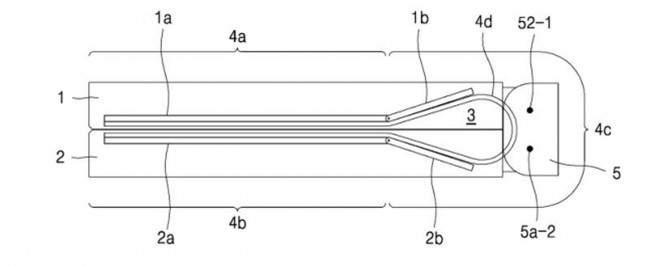

Apple’s iPhone 15 models will reportedly be equipped with a more power-efficient OLED display driver chip manufactured based on a 28nm process, compared to 40nm for current models. The primary benefit of the 28nm chip would be reduced power consumption, which could contribute to longer battery life for iPhone 15 models. The process shift is occurring right as select manufacturers, like LX Semicon and Samsung System LSI, are migrating their chip process. Apple is likely looking to take advantage of the new production lines while also inadvertently pushing its other suppliers to the new process faster. (Laoyaoba, EET-China, UDN, MacRumors, Apple Insider)
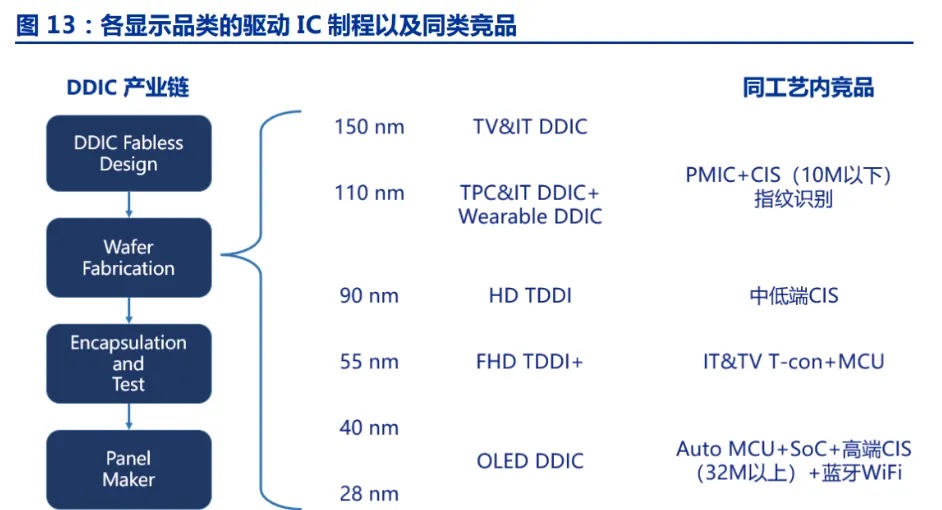
Samsung Display is reducing the number of process steps in the production of QD-OLED panels and increasing the yield rate to reduce the unit cost of large-size QD-OLEDs and achieve the goal of increasing panel production by 30% within the year. The principle of Samsung QD-OLED display screen is the same as that of OLED screen. They both use pixel self-luminous technology. QD-OLED adds quantum dot materials on the basis of OLED screen, and the bottom layer uses blue OLED panel as backlight and display. Each pixel contains a blue sub-pixel emitted by a blue OLED, and red and green sub-pixels excited by quantum dots of different sizes, through quantum dot filters to achieve a wider color gamut. (My Drivers, Sina)

TF Securities analyst Ming-Chi Kuo has said that Sony’s time-of-flight (ToF) VCSEL has lower power consumption than those from Apple’s existing suppliers. This would result in the LiDAR Scanner being more power efficient on the iPhone 15 Pro models, which Kuo said could either contribute to longer battery life or allow for the LiDAR Scanner to offer improved performance at the same level of power consumption as on existing iPhones. Kuo said the improved LiDAR Scanner could benefit camera features, like Night mode and autofocus, as well as augmented reality uses. (MacRumors, Twitter, Sina)
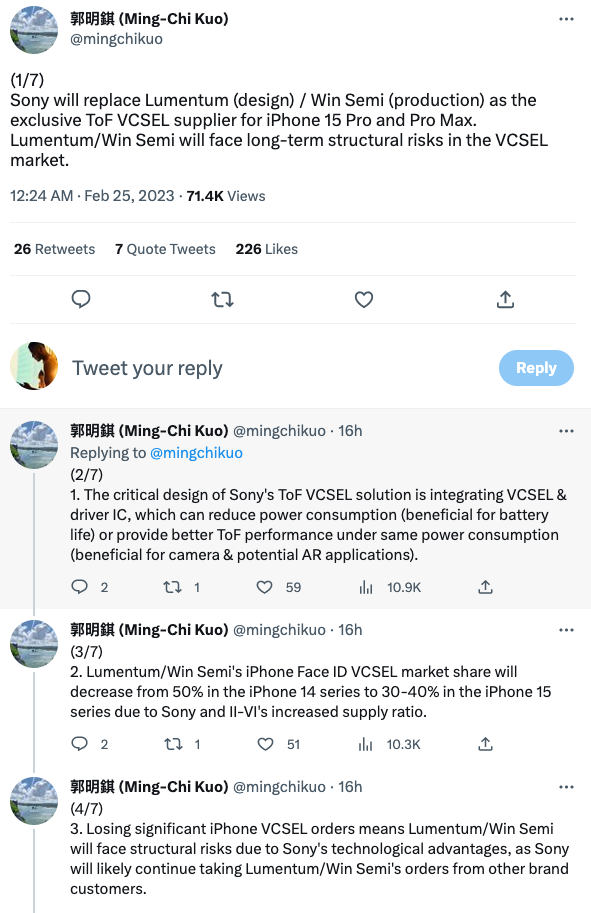

Samsung Electronics and SK hynix have maintained a cautious stance toward a high-ranking U.S. government official’s remarks that the Korean chipmakers could be barred from producing more advanced semiconductors in China later in 2023. U.S. Department of Commerce’s Under Secretary of Commerce for Industry and Security Alan Estevez has said that there will likely be a “cap on the levels” of growth for Samsung and SK in China. This was in response to a question about what the companies should expect after their one-year reprieves from U.S. chip restrictions on China. His remarks were interpreted as the U.S. government’s intention to prevent China from learning advanced semiconductor technologies from Korean chipmakers. Amid the growing concerns, the Korean government asked the U.S. government to exempt Samsung and SK from the export ban even after the 1-year waivers. (Korea Times, Reuters, Bloomberg, Taipei Times, KED Global)

Lidar maker Luminar said that Mercedes-Benz will incorporate its sensors and software in a “broad range” of vehicles starting mid-decade, in a significant expansion of an ongoing partnership between the two companies. Under the expanded deal, Mercedes-Benz will incorporate the next version of Luminar’s Iris lidar into an upcoming partially automated driving system that will be made available on many future Mercedes models. Mercedes’ new system will allow expanded hands-free operation during highway driving at speeds up to 130 kilometers per hour (81 miles per hour), as well as enhanced driver-assist features in urban environments. (The Verge, Carscoops, CNBC, TechCrunch)
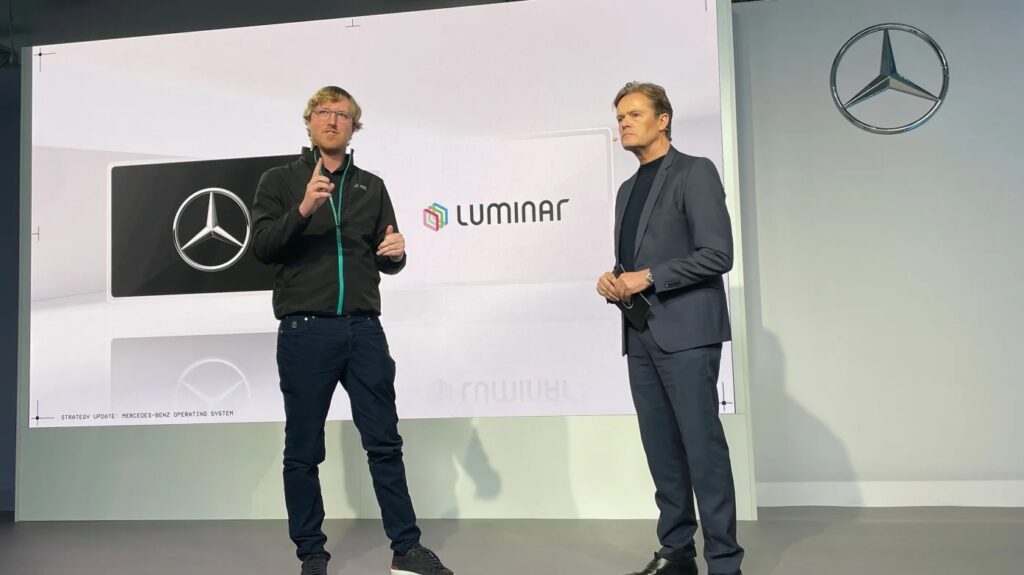
Sydney autonomous driving technology startup Baraja has sacked around 75% of its workforce. The startup previously raised more than AUD90M, including AUD45M (USD32M) in a Series A in 2019, and a further AUD40M in 2021. Baraja uses a different technology to the Tesla systems, but amid such strong headwinds and negative sentiment towards autonomous driving, CEO Federico Collarte said they had little choice but to scale back operations. (Laoyaoba, OfWeek, Startup Daily)
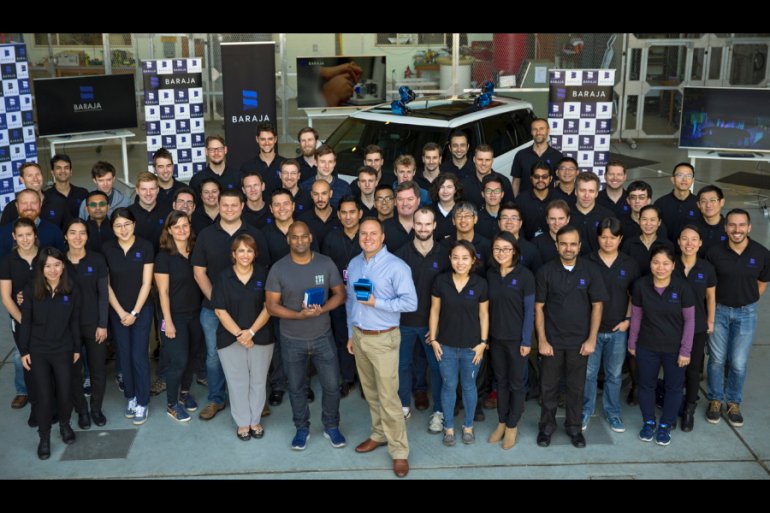
Battery
Tesla is shifting its battery cell production capacity from Germany to the US as it expects that it is going to be more useful there, giving the automaker’s buyers access to the USD7,500 federal tax credit. For the last 3 years, Tesla has been working to build its battery cells with a new 4680 format. The plan is critical to the company’s long-term growth as it powers its next generation of electric vehicles using a new structural battery pack architecture. Tesla is currently building the cells at its pilot plant in Fremont, California, but the automaker is deploying larger-scale cell production at Gigafactory Texas and Gigafactory Berlin. (Gizmo China, Electrek)

Bullitt has announced that it is partnering with MediaTek in a deal that will see Bullitt as the first to use MediaTek’s 3GPP NTN (Non-Terrestrial Network) chipset. Motorola Defy Satellite Link Bluetooth accessory is a dongle delivers satellite connectivity to any Android or iOS device to solve the issues of not having a cellular connection due to a variety of situations. Motorola’s satellite connectivity Bluetooth dongle will work in tandem with the new chips MediaTek is currently producing for added support. The accessory is also utilizing the Bullitt Satellite Messenger. Users will be connected to geostationary satellites for affordable and continuous international coverage so long as there is a clear view of the sky. Recipients will not be charged for a message, but the sender will be charged as part of their subscribed plan. SOS Assist is also included in the satellite messaging plans, with 24/7 access to emergency responders beginning at USD4.99 a month.(GSM Arena, Bullitt, Bullitt, Android Central)
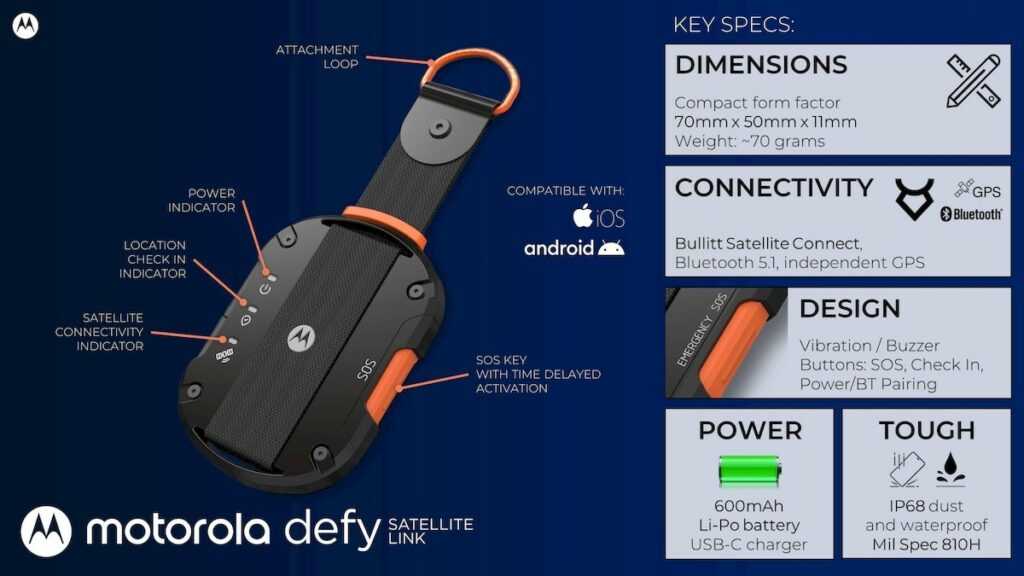

Airtel is reportedly engaging with Paytm to explore sale of the Airtel Payments Bank business in exchange for shares in the younger financial services firm. The second largest Indian wireless operator has also discussed making an additional investment in Paytm. Talks are in early stages and Airtel and Paytm may not reach a deal. (TechCrunch, India Times)
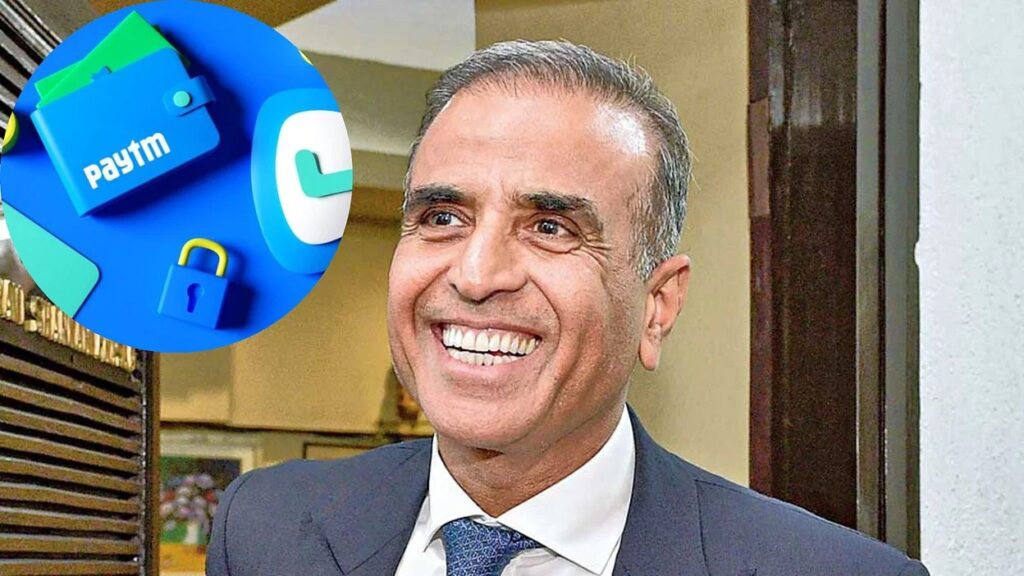

Lenovo is entering cost cutting mode following the second straight quarterly decline in sales, and plunging profits for the first time since 2020, as the industry faces weakening demand for personal computers. The company said that the “operating performance was impacted by subdued demand in the PC sector, stemming from persistent macro headwinds including rising interest rates”. At a group level, revenue for Q3 of Lenovo’s fiscal 2023 ended 3 Dec was USD15.26B, down 24% YoY, and net profit was down a whopping 32% to USD437M.(Neowin, The Register)
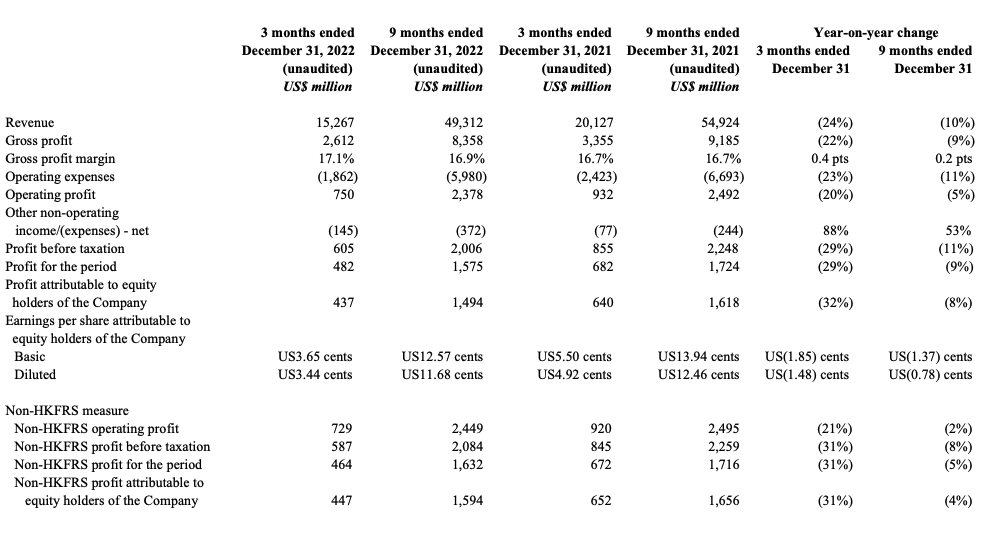
According to a study conducted by Financial Times, Android’s dominance is now threatened by a new generation of mobile phone users, Gen Z or Generation Z. Gen Z is a major issue that the Android operating system is currently facing. The younger folks especially those born after 1996 are called Gen Z’s (or Zoomers). The study claims that 34% of all Apple iPhone users in the US are from Gen Z. Samsung’s 10% market share is completely destroyed by this statistic. Due in large part to this rapid rise among Zoomers, Apple’s overall US market share grew from 35% in 2019 to more than 50% in 2022. (GizChina, Android Headlines, Business Insider, Tom’s Guide, Money Control, Apple Insider)
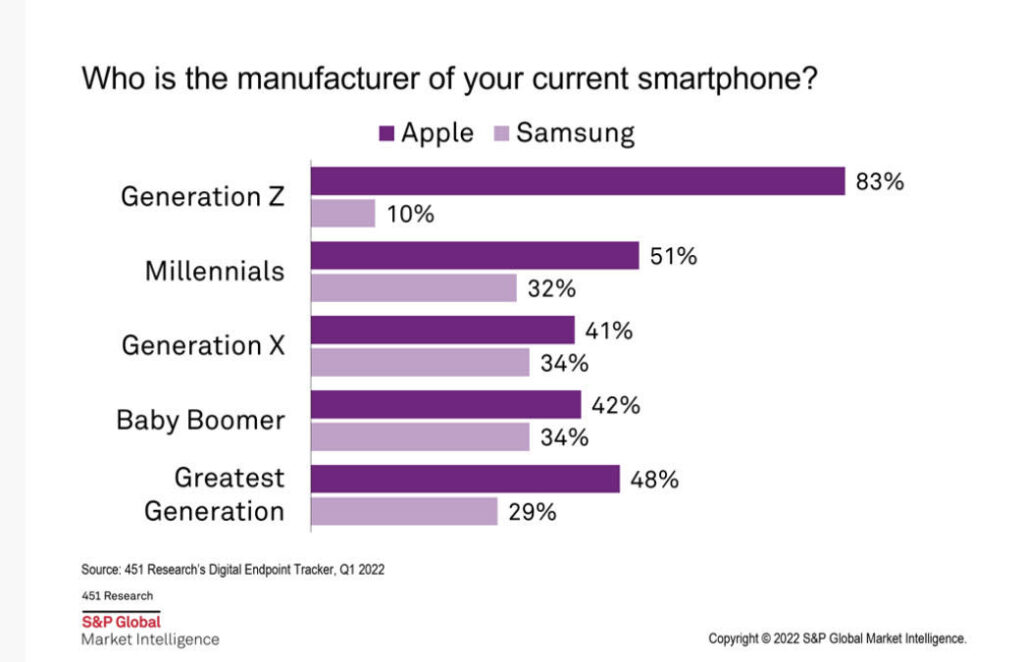
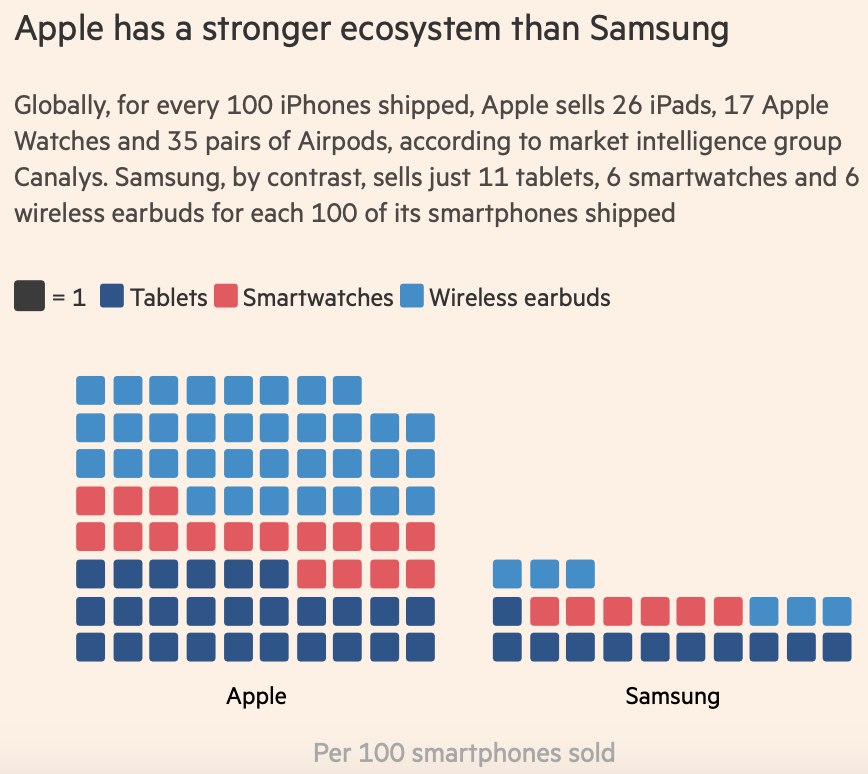
Huawei Consumer Business Group CEO Richard Yu has announced that HarmonyOS operating system has now exceeded 320M installations in devices along with a 113% on-year progress. On the other hand, Huawei’s third-party electronic devices’ operating system HarmonyOS Connect has also touched new heights with 250M installations and a 212% on-year increase in devices that are launching with this OS.(Gizmo China, Android Authority, My Drivers, Huawei)

Android smartphones in India will reportedly receive a version of Google Mobile Services (GMS) that comes with optional Google apps. The new Indian Mobile Application Distribution Agreement (IMADA) between OEMs and Google will only require the installation of the Google Play Store. Rather than the 11 key Google apps mandated by the standard agreement in other markets. However, Google will offer a “per-app bounty” to smartphone makers who pre-install any of these 11 apps. The IMADA also differs from other markets in that it does not require smartphone makers to include; Google search bar, Google app folder, or Play Store icon on the main screen. Additionally, the agreement will allow Indian users to choose their default search engine during the setup process. Similar to the provision in Europe, with this option expected to be available from 2Q23. (Android Authority, Gizmo China, Twitter)
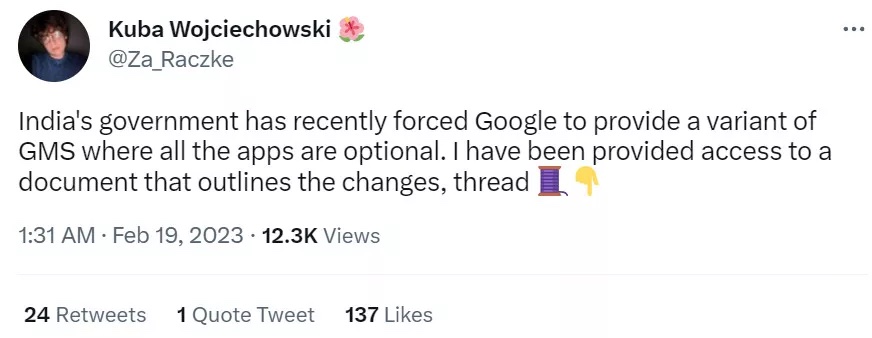
Xiaomi is gearing up to shut down its short video sharing platform that is called Zili. Xiaomi’s Zili was first launched in Google Play Store back in 2018 and functioned similar to another social media giant, TikTok. The application has already been removed from the Google Play Store. Furthermore, Zili added that “All services on Zili app will be disabled on and from the shutdown date, including but not limited to the functions of download, Z-points encashments or withdrawal, etc. and all user data would be deleted from our server after that date and will no longer be retrievable”.(Gizmo China, TechCrunch)
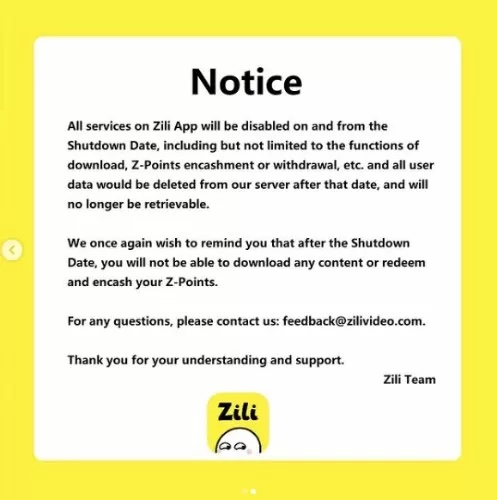
Samsung is allegedly planning to restructure its smartphone lineup in 2024 and expand its foldable phone portfolio to 6 yearly releases. Furthermore, the company might also remove the Plus model from the flagship S series in 2024 and introduce a new mid-range lineup. Samsung is planning to release 4 additional high-end foldable devices in 2024, including the Galaxy Z Flip Ultra, the Galaxy Z Fold Ultra, the Galaxy Z Flex (a tri-fold device), and the Galaxy Z Tab (a foldable tablet). Counting the regular Z Fold 6 and Z Flip 6, Samsung would supposedly release 6 foldable models in 2024. (GizChina, SamMobile, Twitter, Phone Arena)
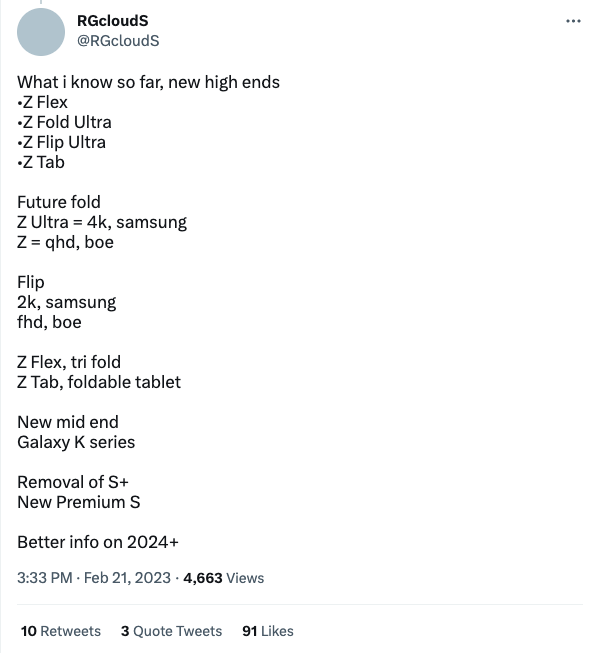
Google has allegedly been paying Apple a portion of search revenue generated by people using Google Chrome on iOS. This is one of the aspects of the relationship between the two tech goliaths that currently concerns the UK’s Competition and Markets Authority (CMA). The British competition watchdog is worried that Google’s payments to Apple discourage the iPhone maker from competing with Google. (MacRumors, The Register)
HMD Global, the Finnish phonemaker and inheritor of the Nokia mobile phone brand, has revealed plans to transition some of its manufacturing to Europe. The company said the move is designed to meet a “surge in customer demand” for locally-produced devices, due in part to security and sustainability concerns among both its corporate and consumer users. HMD will comply with stringent stipulations for testing and manufacturing devices in the European Union.(CN Beta, GSM Arena, Reuters, TechCrunch)
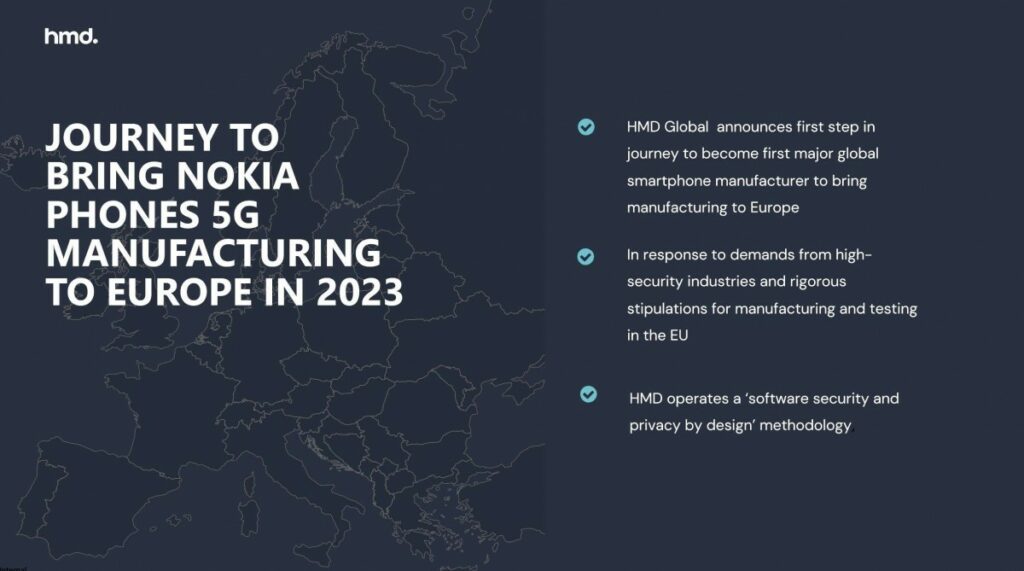
OPPO and vivo have announced that several of their smartphone models have completed adaptation to the ET5, ET7, ES7 and EC7 and can be used as car keys. OPPO devices that have completed the adaptation include the Find N2 series, Find X5 series, Reno9 series, and OnePlus Ace series. vivo models that have already been adapted include the Vivo X series, Vivo S series, iQOO flagship series, iQOO Neo series, iQOO Z series, and NEX series devices.(Laoyaoba, Sina, 163.com, CN EV Post)
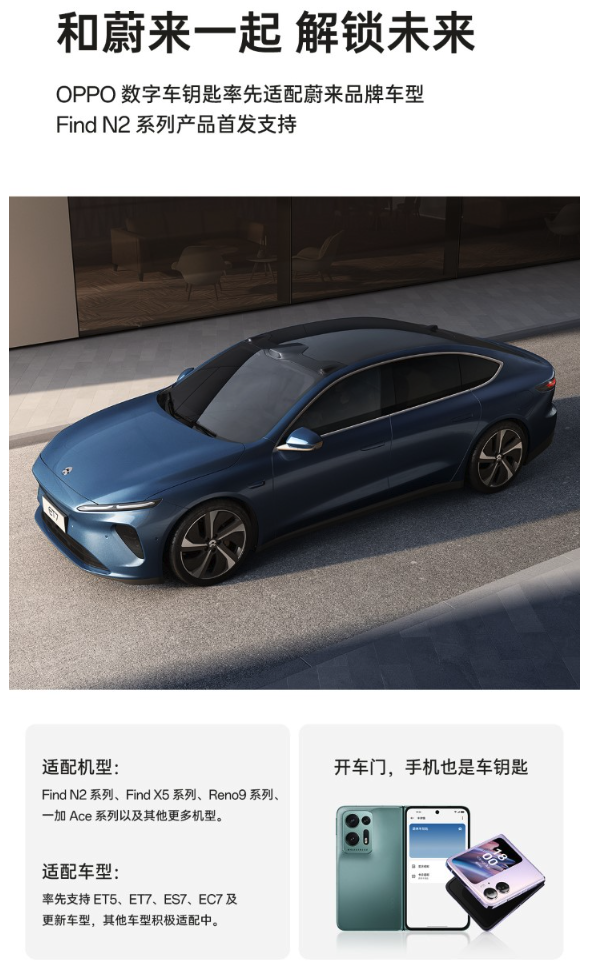

The global smartwatch market shipments grew 12% YoY in 2022 due to the strong YoY growth witnessed in the first 3 quarters of 2022, according to Counterpoint Research. The shipments fell 2% YoY in 4Q22 amid inflationary pressures and slow India growth. This was the market’s first negative growth in 8 quarters since the pandemic hit the world in 2020. Shipments in the mid-price range decreased while those in the >USD400 and ≤USD100 segments increased 129% and 34%, respectively, compared to 2022. In 2022, Apple’s shipments increased 17% YoY as the Apple Watch Series 8, Ultra and SE 2022 enjoyed strong sales. In addition, annual shipments increased by 50M for the first time, accounting for about 60% of the global smartwatch market revenue and further widening the gap with No. 2 Samsung. (GizChina, Counterpoint Research)
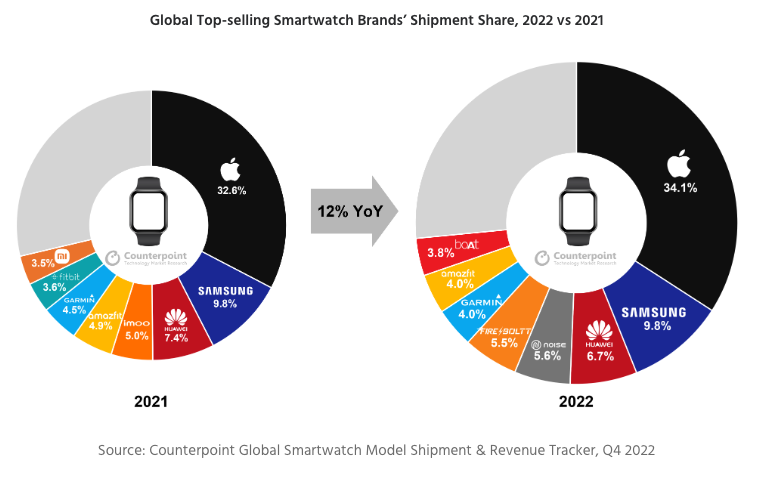
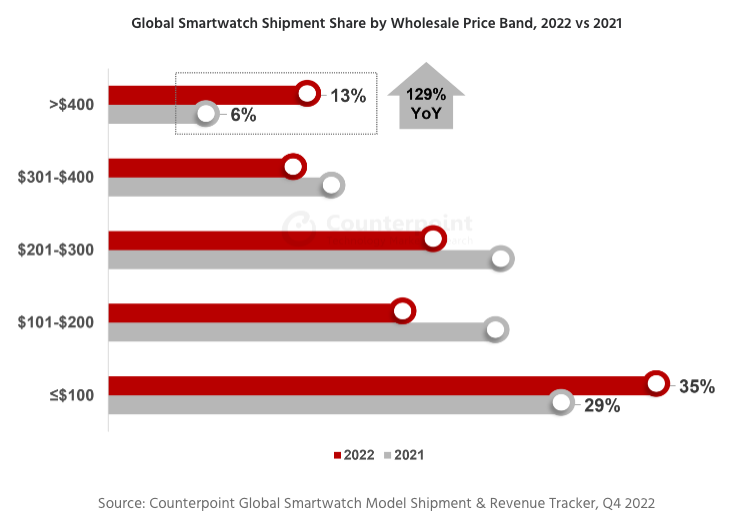

According to TF Securities analyst Ming-chi Kuo, it is expected that Pegatron will likely transfer the AR/MR development team and production resources to Luxcaseict (a joint venture between Luxshare ICT and Pegatron), led by Luxshare ICT, in 1H23. It essentially means that Luxshare ICT will take over this product’s subsequent design and production. Such changes will lead to the subsequent acceleration of reducing the cost of the headset, which is what Apple expects. Apple’s second-generation AR/MR headset has two high-end and low-end models. The high-end and low-end will be developed and produced by Luxcaseict and Foxconn, respectively. The current launch schedule for both models will likely be in 2025. (GSM Arena, Twitter, Medium)
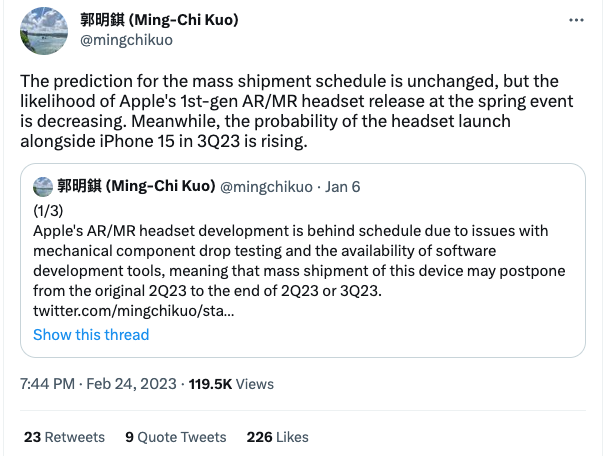

The Mercedes-Benz E-Class will come with an updated version of the MBUX infotainment system, a precursor to the automaker’s custom-built operating system called MB.OS. Mercedes plans to launch MB.OS in its next generation of vehicles expected to come to market in late 2024. The newly updated MBUX system, which will feature a “superscreen” that spans the entire dashboard, will allow drivers to click on the TikTok app and watch videos when the vehicle is parked. Passengers will also be able to get into the action because they will have access to a portion of the screen located directly in front of them.(TechCrunch, Washington Post, Social Media Today, The Verge, TikTok)
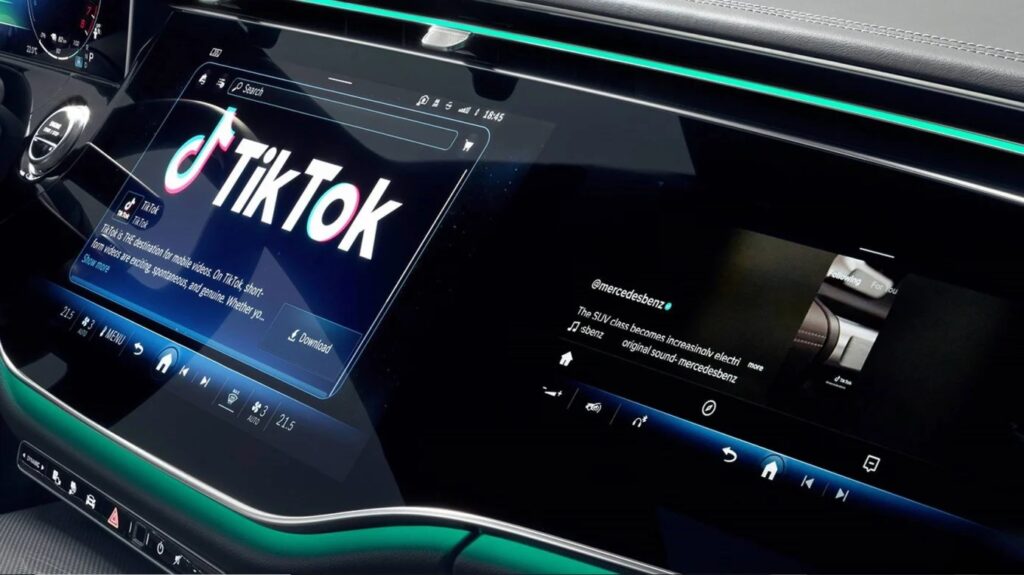
Mercedes-Benz plans to build its own branded navigation using new in-car geospatial data and navigation capabilities from Google Maps Platform. The partnership enables Mercedes-Benz to create a driving experience that pairs the trusted, reliable information from Google Maps with its own unique luxury brand and feel. The companies agreed to explore further collaboration using Google Cloud’s leading artificial intelligence (AI), data and open infrastructure solutions. Starting today, Mercedes-Benz will give customers access to initial new features like Place Details, provided by Google.(TechCrunch, Mercedez-Benz, Reuters, PR Newswire)
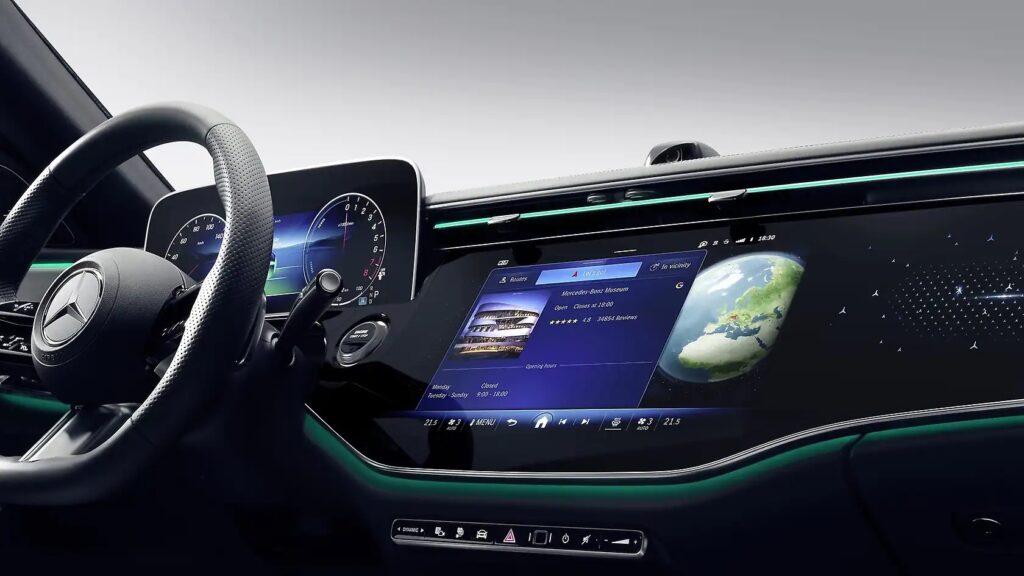
Lordstown Motors will suspend production and deliveries of its all-electric Endurance pickup to address performance and quality issues with certain components. The automaker also will voluntarily recall 19 Endurance pickups to address a “specific electrical connection issue that could result in a loss of propulsion while driving”. The electric vehicle startup, which partnered with Foxconn for vehicle production at an Ohio plant, said the team is working with suppliers on the root cause analysis of each issue and potential solutions, which “in some cases may include part design modifications, retrofits, and software updates”. (CN Beta, CNBC, Engadget, Lordstown)
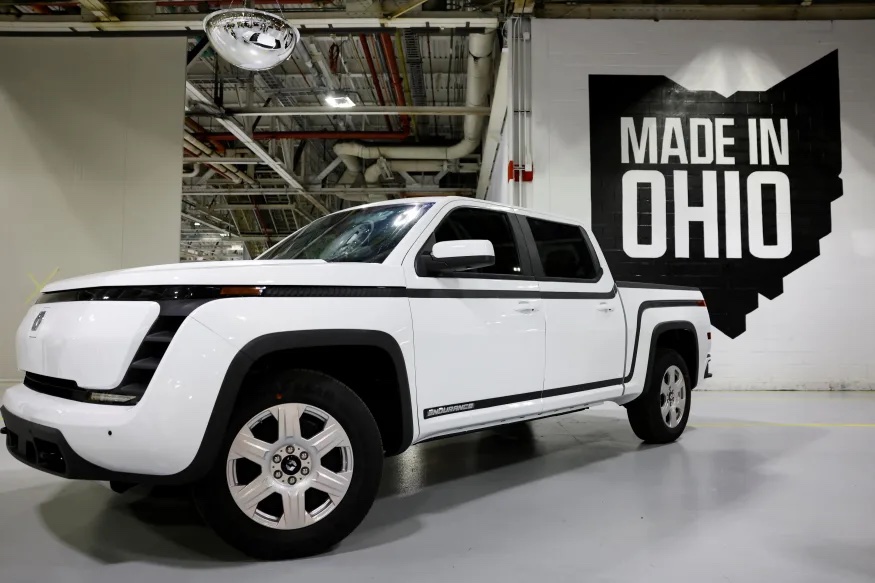
General Motors-backed Cruise has revealed that its fully driverless cars have now traveled more than 1M miles, mostly on the streets of San Francisco. The achievement comes just 15 months after the company’s first fully driverless ride, during which time it also launched San Francisco’s first paid driverless robotaxi service.(Digital Trends, Cruise)
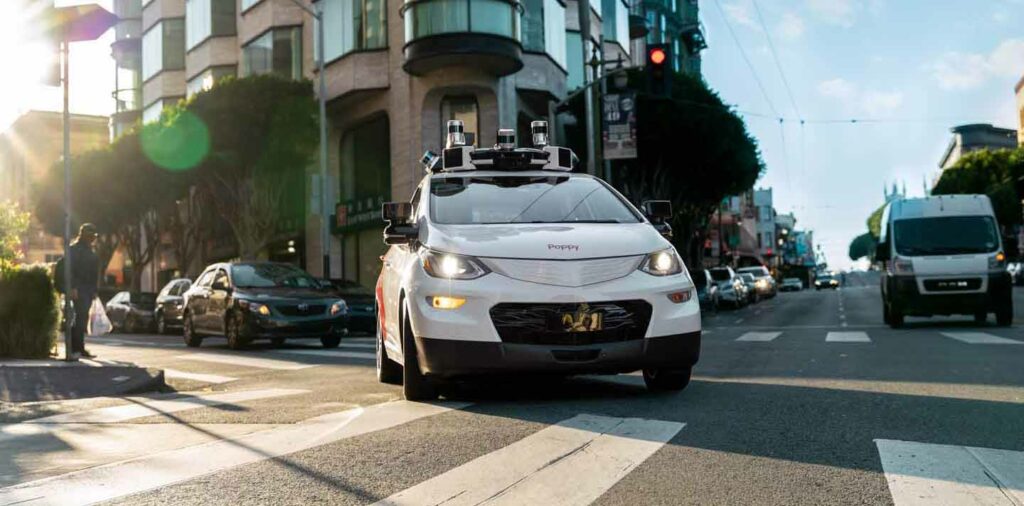

Microsoft has announced that the new Bing is now also available in the Bing mobile app and through Microsoft’s Edge browser for Android and iOS. Users can now also use voice input to interact with Bing’s chat mode. Also new is an integration with Skype, Microsoft’s messaging app, which will now allow to bring Bing into a text conversation to add additional information.(TechCrunch, Microsoft)
